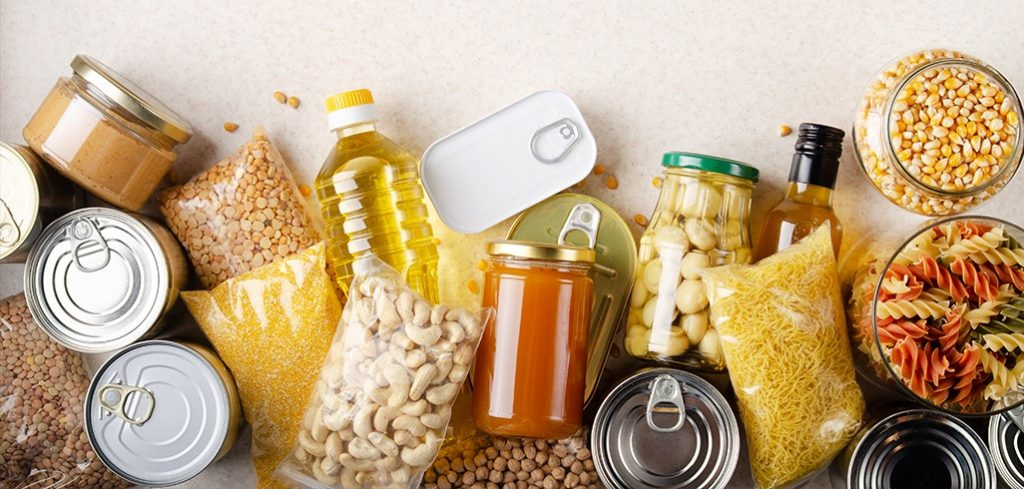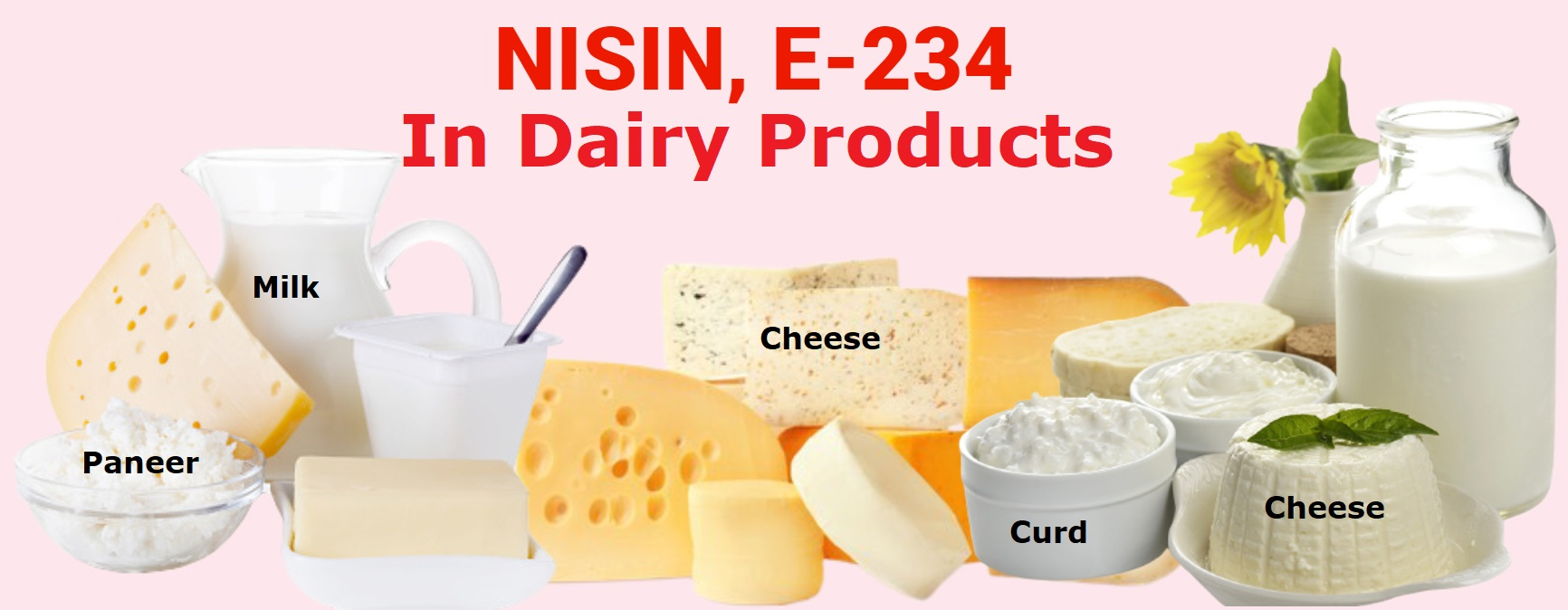Common food preservatives and Their applications
What is Food Preservation
Food preservation is an important process in the food industry. It keeps food safe, nutritious, and tasty for a long time. Without preservation, food would spoil quickly because of microbial growth, enzymatic reactions, and oxidation. Various techniques—both traditional and modern—extend shelf life, reduce food waste, and maintain quality.
This article looks at food preservation principles.It discusses common preservatives like Nisin E234, Natamycin 50%, Sodium Benzoate, and Calcium Propionate.It also explains how people use these preservatives and discusses their safety concerns.
 Food preservation involves techniques and additives that slow down food degradation caused by:
Microorganisms (bacteria, yeast, mold)
Enzymatic reactions (leading to browning or texture changes)
Oxidation (rancidity in fats and oils)
Physical changes (moisture loss or crystallization)
Historical Methods vs. Modern Techniques
Traditional Methods:
Drying (dehydration)
Fermentation (yogurt, sauerkraut)
Salting (cured meats, fish)
Smoking (bacon, smoked cheese)
Sugar preservation (jams, jellies)
Modern Methods:
Refrigeration & freezing
Pasteurization (milk, juices)
Vacuum packaging
Chemical preservatives (synthetic and natural)
Food preservation involves techniques and additives that slow down food degradation caused by:
Microorganisms (bacteria, yeast, mold)
Enzymatic reactions (leading to browning or texture changes)
Oxidation (rancidity in fats and oils)
Physical changes (moisture loss or crystallization)
Historical Methods vs. Modern Techniques
Traditional Methods:
Drying (dehydration)
Fermentation (yogurt, sauerkraut)
Salting (cured meats, fish)
Smoking (bacon, smoked cheese)
Sugar preservation (jams, jellies)
Modern Methods:
Refrigeration & freezing
Pasteurization (milk, juices)
Vacuum packaging
Chemical preservatives (synthetic and natural)
Why Is Food Preservation Important?
Food preservation serves multiple essential functions:
1. Preventing Foodborne Illnesses
Inhibits pathogenic bacteria (e.g., Salmonella, E. coli, Listeria)
Reduces the risk of spoilage microorganisms
2. Extending Shelf Life
Allows long-distance transportation
Reduces food waste (up to 30% of food is lost to spoilage)
3. Maintaining Nutritional Value & Quality
Preserves vitamins, minerals, and texture
Prevents undesirable changes (e.g., discoloration, off-flavors)
4. Supporting Global Food Supply Chains
Enables storage for seasonal foods
Facilitates emergency food supplies
Common Foods That Contain Preservatives
Many processed and packaged foods rely on preservatives to maintain freshness.
Examples include:
Food Category
|
Common Preservatives Used
|
Baked Goods (bread, cakes)
|
Calcium propionate, sorbic acid
|
Dairy Products (cheese, yogurt)
|
Natamycin, nisin, potassium sorbate
|
Beverages (sodas, juices)
|
Sodium benzoate, potassium metabisulfite
|
Processed Meats (sausages, deli meats)
|
Nitrates, nitrites, nisin
|
Canned & Jarred Foods (soups, pickles)
|
Benzoates, citric acid
|
Snack Foods (chips, crackers)
|
BHA, BHT, tocopherols (antioxidants)
|
Key Food Preservatives: Functions & Applications
1. Nisin (E234) – Natural Antimicrobial Peptide
Source: Produced by Lactococcus lactis (a lactic acid bacterium).
Function: Effective against Gram-positive bacteria (e.g., Listeria, Clostridium).
Applications:
-
Cheese and dairy products
-
Canned vegetables (prevents thermophilic bacteria)
-
Meat products (extends shelf life)
Safety: Generally recognized as safe (GRAS) by FDA and EFSA.

2. Natamycin (50%) – Antifungal Agent
Source: Derived from Streptomyces natalensis.
Function: Inhibits mold and yeast growth.
Applications:
-
Surface treatment for cheeses (e.g., Gouda, cheddar)
-
Sausages and dried meats
-
Yogurt and fermented dairy
Safety: Approved in the EU (E235) and FDA (no significant toxicity).
3. Sodium Benzoate (E211) – Common Synthetic Preservative
Function: Works best in acidic environments (pH < 3.6) against yeast, mold, and bacteria.
Applications:
-
Soft drinks, fruit juices
-
Pickles, salad dressings
-
Condiments (ketchup, sauces)
Safety Concerns:
-
Can form benzene (a carcinogen) when combined with vitamin C.
-
Some studies suggest links to hyperactivity in children (controversial).
4. Calcium Propionate (CAS 4075-81-4) – Bread Preservative
Function: Prevents mold and Bacillus bacteria in baked goods.
Applications:
-
Bread, pastries, tortillas
-
Animal feed (prevents fungal growth)
Safety: Considered safe, but some people report sensitivity (migraines, digestive issues).
Are Food Preservatives Safe?
Most approved preservatives are safe in regulated amounts, but concerns exist:
Natural vs. Synthetic: Consumers prefer natural options (e.g., nisin, natamycin) over synthetic ones (e.g., sodium benzoate).
Allergies & Sensitivities: Some individuals react to sulfites, benzoates, or propionates.
Regulatory Oversight:
-
FDA (USA) and EFSA (EU) set acceptable daily intake (ADI) levels.
-
Ongoing research evaluates long-term effects.
Conclusion
Food preservation is essential for maintaining food safety, reducing waste, and ensuring global food security. Traditional methods like drying and fermentation are still important. However, modern preservatives like Nisin (E234), Natamycin, Sodium Benzoate, and Calcium Propionate are also very important in today’s food industry.
Consumers should stay informed about preservatives in their food, balancing convenience with health considerations. Future trends may include more natural preservatives and advanced packaging technologies to further enhance food safety.


